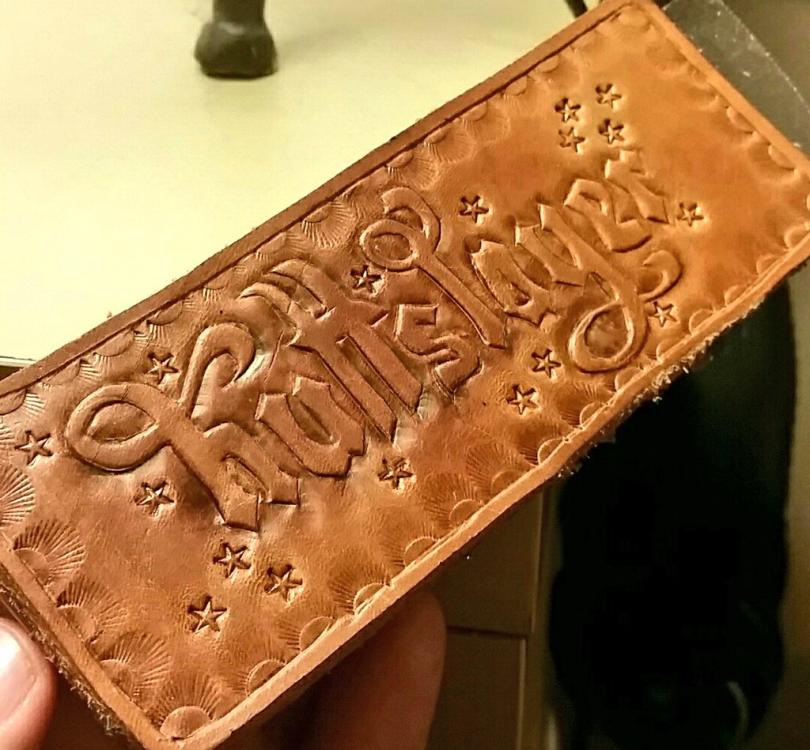-
Posts
278 -
Joined
-
Last visited
Content Type
Profiles
Forums
Events
Blogs
Gallery
Everything posted by Dun
-
Saw your post in "what leather will you not use" but I am curious what leathers, and finished products, does get used in more humid tropical climates?
When I first started paying more attention to what others use, I was looking around in hawaii, and mostly saw canvas or waterproof nylons.
-
.thumb.jpg.b00f1d0635f260ee9e5b9aa4b3eb1080.jpg)
most leathers are ok.. some waterproofing is good. i observe leather and moisture dont really mix very well. So some chrome tanned leathers typically have some water proof top layers - specially the ones with some glossy artificial finish.
The Vegetable tanned ones are ok too as long as you seal them well. Like several coats of whatever dressing you use because the water proofing layer on those coatings eventually wear out. You'll know when the water proofing of a dressing has worn out when it looses its "glossiness" and turns to matte - it means it'll accept what the environment throws at it..
about raw vegetable tanned leathers (no dyes yet), pick the fresh ones, they accept the dyes a whole lot better than the ones produced several weeks earlier. You'll know its fresh leather if the color is very pale off white. the whiter it is, the fresher it is. eventually over time it slowly darkens until its color is close to cream. i believe its the moisture in the air that causes this coloration.
I noticed when i apply Dyes to leathers that are weeks old, the light colored dyes don't absorb as well as the fresh leathers.
i hope this helps

-

Thanks!
-



